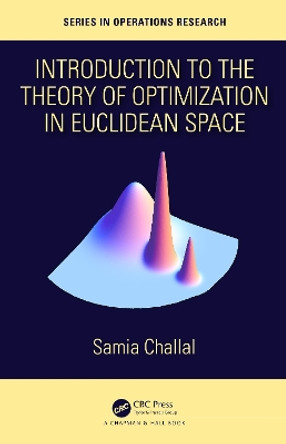The history of the development of Euclidean, non-Euclidean, and relativistic ideas of the shape of the universe, is presented in this lively account by Jeremy Gray. The parallel postulate of Euclidean geometry occupies a unique position in the history of mathematics. In this book, Jeremy Gray reviews the failure of classical attempts to prove the postulate and then proceeds to show how the work of Gauss, Lobachevskii, and Bolyai, laid the foundations of modern differential geometry, by constructing geometries in which the parallel postulate fails. These investigations in turn enabled the formulation of Einstein's theories of special and general relativity, which today form the basis of our conception of the universe. The author has made every attempt to keep the pre-requisites to a bare minimum. This immensely readable account, contains historical and mathematical material which make it suitable for undergraduate students in the history of science and mathematics. For the second edition, the author has taken the opportunity to update much of the material, and to add a chapter on the emerging story of the Arabic contribution to this fascinating aspect of the history of mathematics.
ReviewsReviews of this edition 'a very readable book that is stimulating and thought provoking.' New Scientist
From reviews of the first edition `Jeremy Gray has provided a superb exposition which tells a good story.' Mathematics Teaching
'This promises to become a classic text for those interested in considering changing mathematical perceptions of space. Gray's book is a pleasure to read.' Historia Mathematica
`An admirable exposition for well-educated laymen of the evolution of geometrical thought from before Euclid to black holes.' American Mathematical Monthly
Book InformationISBN 9780198539353
Author Jeremy GrayFormat Hardback
Page Count 254
Imprint Clarendon PressPublisher Oxford University Press
Weight(grams) 538g
Dimensions(mm) 241mm * 159mm * 19mm







